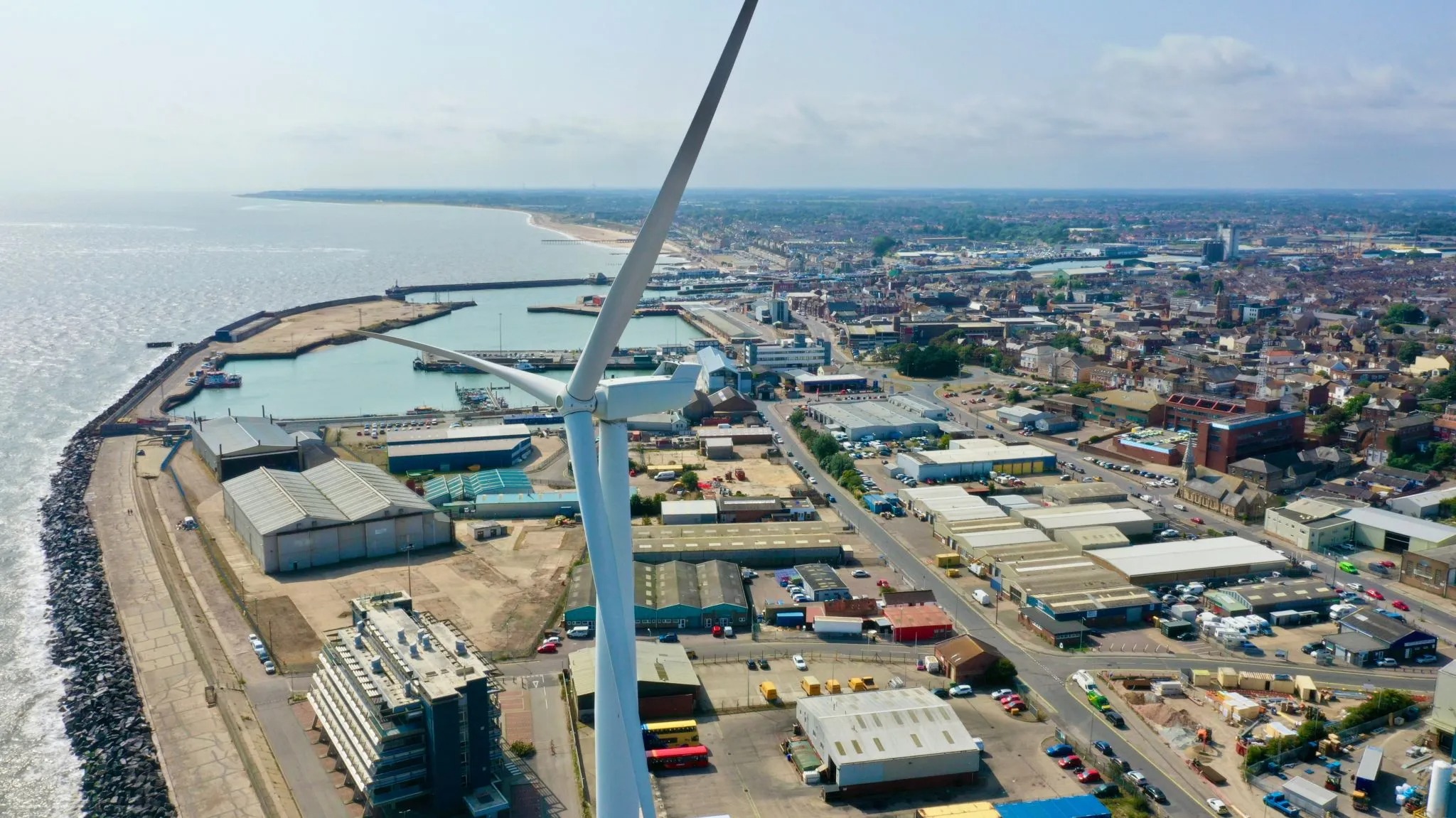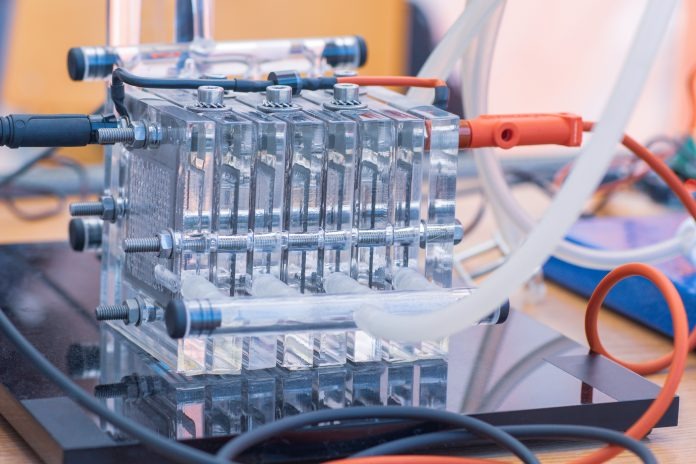Lowestoft PowerPark: Will This 3MW set a new Benchmark for Hydrogen Production?

After Conrad Energy granted planning consent for a 3MW project of three hydrogen electrolysers, Hydrogen Industry Leaders discuss the opportunities this brings at Lowestoft PowerPark.
Potentially producing 470 tonnes of hydrogen per year, East Suffolk Council recently gave Conrad the green light. Powered by clean electricity, the site could have the capacity to heat 1,5000 average homes or power 60 hydrogen-fuelled HGVs with a 50,000-mile range.
Conrad Energy is already working on commercial use for the waste oxygen produced in the process.
One of the issues with transitioning to green power is how it will handle peak time consumption. Construction has already begun on a 7MW flexible generation site allowing for grid stability in the area during these peak times.
Ensuring people stay connected to the grid is an essential step in changing perceptions around clean energy and will boost future development projects across the UK, if successful.
Extensive studies find huge potential for hydrogen
Before the project had been given the green light, the potential had been assessed in the Hydrogen East feasibility study. It was published at the end of 2021 and can be read in full here.
The study’s main objective was to understand the energy development opportunities in and around the Lowestoft PowerPark. With specific reference to green hydrogen development.
In addition to this, another objective was to propose a possible framework to take the project forward if sufficient local stakeholders support this and to identify funding streams for further work.
The study found that the project plans were feasible and that the PowerPark has good conditions to help support better integration of local energy production and consumption, including green hydrogen. There is also scope to scale projects quickly in the event a wider regional market in green hydrogen develops.
Transport set see huge benefits from hydrogen production
Shifting the focus to the wider use of hydrogen in the area, the study also set out a blueprint for potential demand in the local area. Transport was high on the agenda, concerning First Bus conversion, HGVs to and from the Port of Lowestoft and opportunities for development in rail lines across East Suffolk.
The potential local demand for hydrogen was conservatively estimated at 700kg per day by 2025, rising to 1,500kg by 2030 and 4,800kg by 2035. Using load factor assumptions at 50%, up to 3.4MW of electrolyser capacity could be supported by 2025, 6.9MW by 2030 and 22.2MW by 2035.

